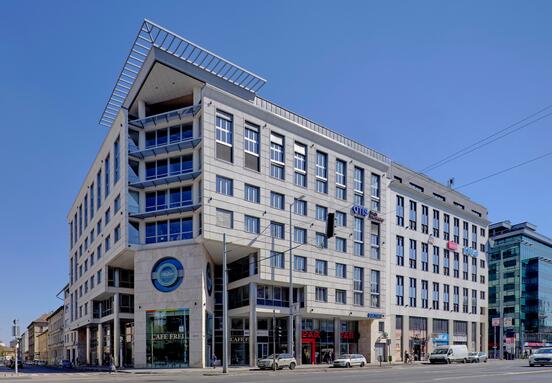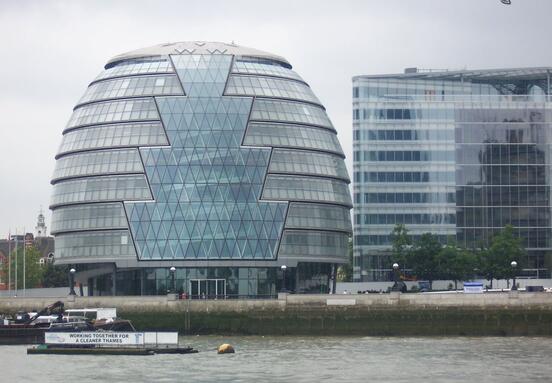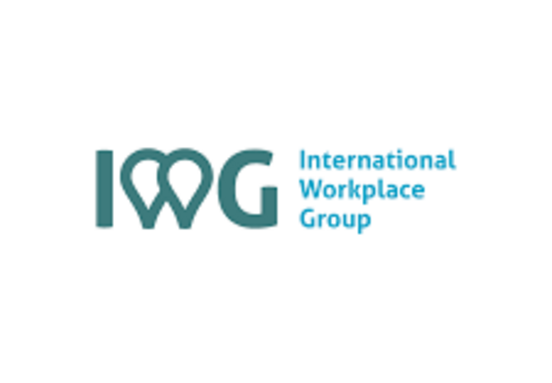Strong transactional activity was recorded across Poland, reveals a new report by Colliers: „ExCEEding Borders: CEE-15 Office Markets in Turbulent Times”.
Kevin Turpin, Regional Director of Capital Markets, CEE at Colliers comments: “A wait-and-see approach taken by many investors is, amongst other factors, a result of increased costs of financing, caused by rising interest rates and related costs such as interest rate swaps, which have increased significantly YoY. Early signs of price adjustments in some western European markets, moving out by between 25-50 bps, have already been recorded and we can expect similar pricing shifts to follow in CEE”.
Demand for office space
Two and a half years after the onset of the pandemic, it is clear that the shift in workforce expectations towards hybrid or remote work is permanent. In a recent survey of C-suite professionals in Poland, 89% of respondents indicated that the hybrid work model was implemented in their organisations and 2/3 of them encounter resistance when trying to bring people back to the office . Similar patterns were observed in other countries of the region. The average peak office occupancy in Q2 2022 remained at around 30% for the entire EMEA.
On top of the above, as the region slowly prepared to recover from the pandemic downturn, the first quarter of 2022 and the war in Ukraine brought new set of challenges and level of unpredictability not seen in many years. Supply chain disruptions, rising material and labour costs further reinforced the already prevalent conservative approach to spending and focus on business continuity.
Supply of office space
The impact is also noticeable on the supply side. Although many tenants are looking to downsize, the stock of the most desirable, premium office spaces remains limited in most markets of the region. This issue is further compounded by delays in decisions to launch new projects or extend construction schedules. The overall economic uncertainty and soaring prices also means that landlords tend to be more conservative with regards to lease terms and incentives offered. This in turn makes it more problematic to find optimal, new locations or to adapt existing office space to the requirements of the hybrid work environment.
“As a result, tenants face increasingly difficult choices in procuring office space that responds to the needs of their hybrid workforce, has the potential to attract new talent and becomes a compelling enough proposition to merit the troubles of daily commuting and compete with the home office that most workers have grown comfortable with” adds Dominika Jędrak, Director of Research and Consultancy Services for Poland & CEE.
Office vacancy rates
Office vacancy rates in the CEE capitals have been slowly stabilizing, following a rise into double digits for many markets during the pandemic, as both supply and demand adjust. Partially due to higher construction costs and low availability in some of the most sought-after locations, we are seeing increases in rents, especially for newly developed buildings. Furthermore, we expect to see rates rise across the board as a result of inflation.
Fit-out prices rising steeply
CapEx requirements for fit-out works have also become increasingly difficult to predict and plan for. In Q1 and Q2 2022, the prices of building materials increased by 30% compared to the same period of last year and they vary significantly depending on the group of materials. This makes estimating the cost of commercial space fit-out or rearrangement very difficult. The trend is likely to prevail if not steepen due to rising prices of gas, electricity and labour and a lack of qualified contractors on the market.
De-risking office space
Most typical risks in the process of procuring office space include a lack of flexibility in the lease terms and unrealistic assumptions about what can be delivered within the available fit-out budget. Therefore, an end-to-end approach where a single qualified supplier takes full responsibility for the entire process - from requirements definition and lease terms negotiations through all design stages and all the way to fit out works delivery - becomes an increasingly attractive proposition. This objective driven Define - Design - Deliver process ensures that office spaces meet business and workforce demands, whilst being designed to fulfil the available budget and be delivered within the agreed timeframe. The popularity of this approach will continue to grow as a relatively safe way of ensuring your office space remains future-proof and delivers the desired outcomes.
Colliers








